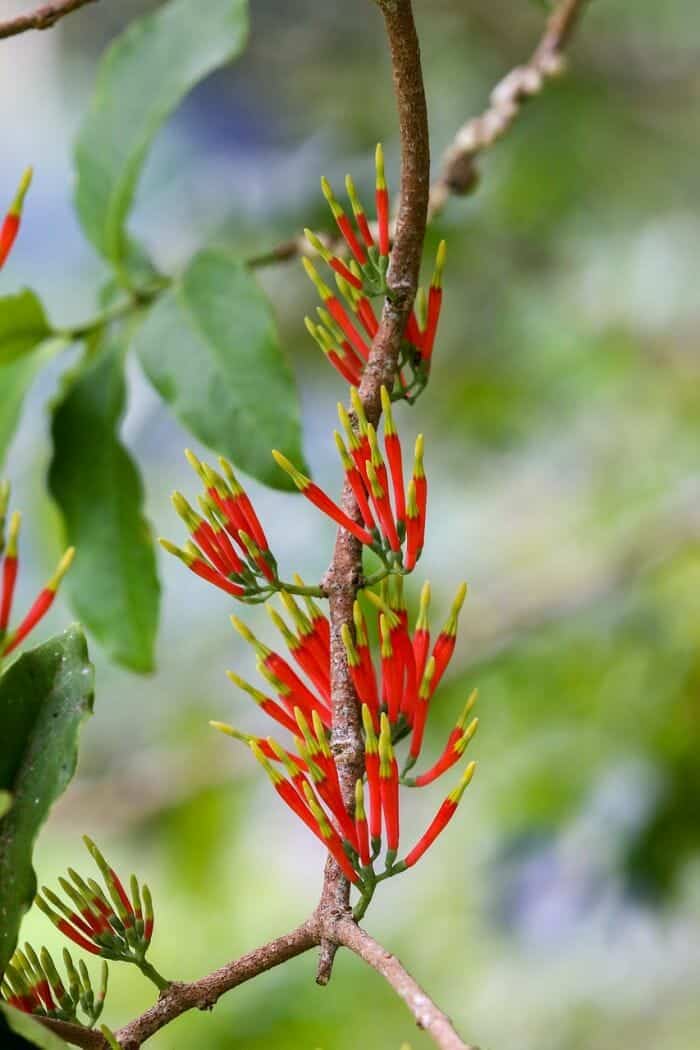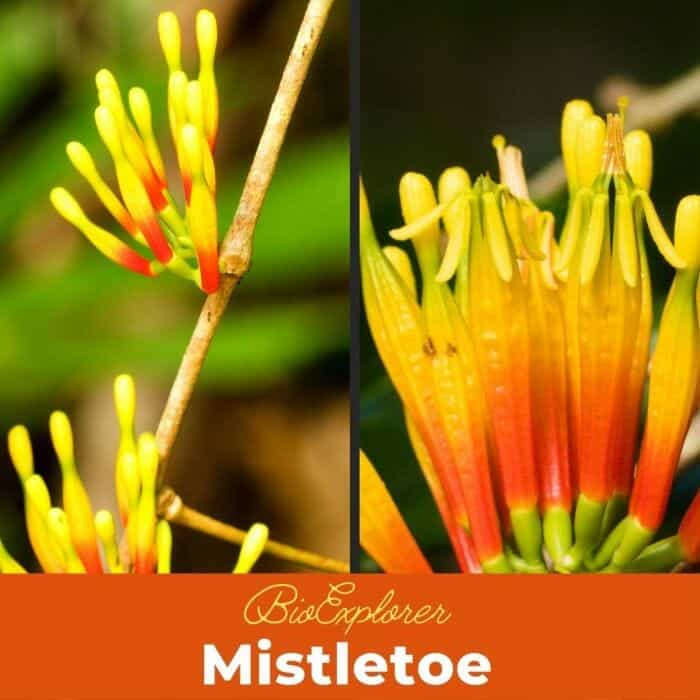
A mistletoe is often used as a renewal symbol because it remains green all winter. In addition, it is famous for its stolen kiss power. Winter holidays would not be the same with no mistletoe to inspire kisses and complement the seasonal decor.
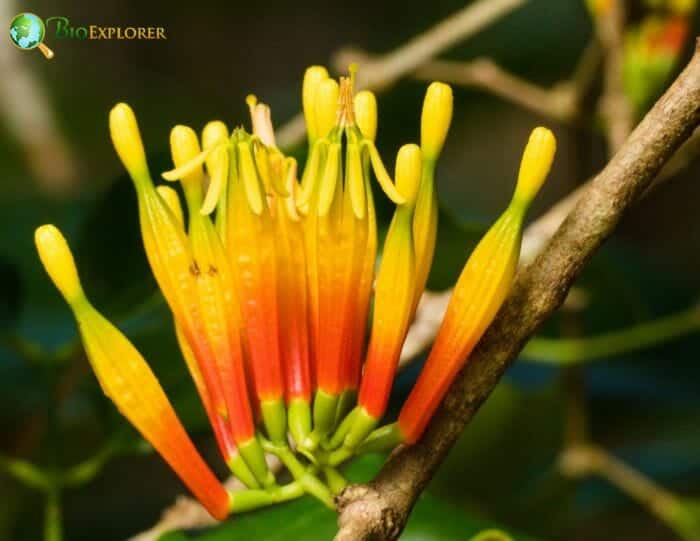
A mistletoe is a large group of plants that parasitize the above-ground parts of shrubs and trees. Mistletoe is a perennial flowering plant with specialized roots that can penetrate the host plant, from where it receives nutrients and water.
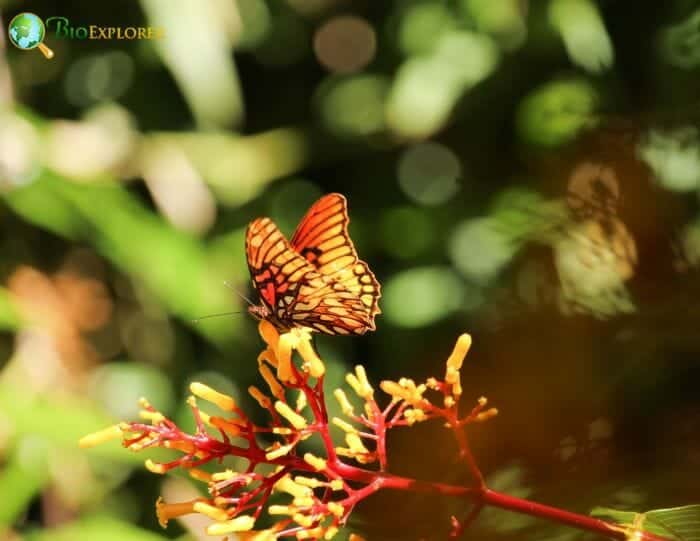
Mistletoe was previously grouped into a single plant family but is now divided into 4 plant families in the Santalales order. Only two (2) of them, the Viscaceae and the Loranthaceae are of great importance.
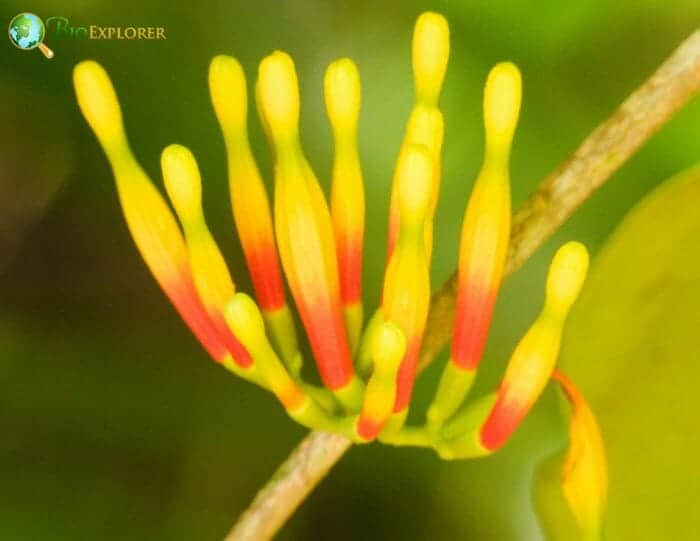
There are eight genera worldwide and around 450 species[1] in the Viscaceae family, mainly in the subtropics and tropics. Most species of Mistletoe have opposite, simple, and evergreen leaves, but some have scaly leaves.
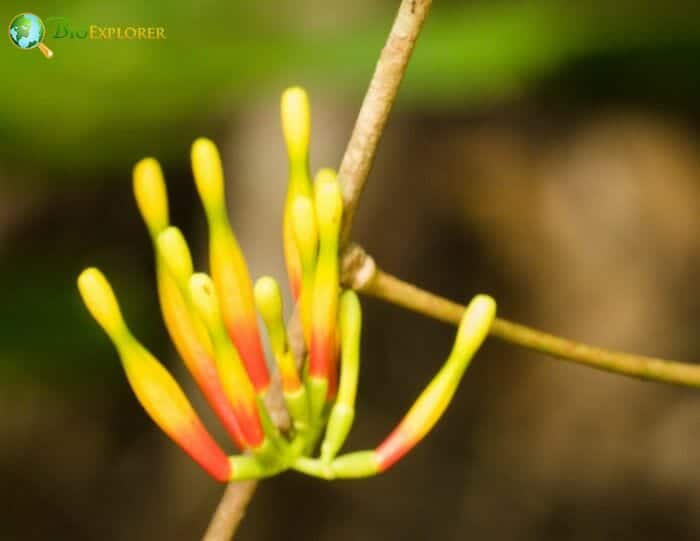
There are about 70 species of Viscum. The oak mistletoe revered by the Germans and Celts is the Viscum album (European Mistletoe), which produces yellow flowers and sticky white berries. It is rare in oak, typical in apples, and described in over 200 plant species.
